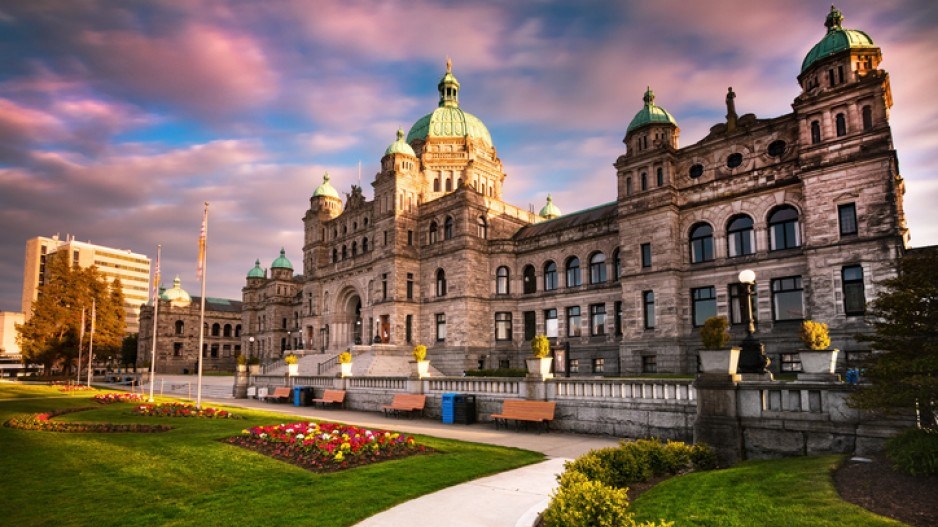The urban-rural divide that exists in B.C. politics may soon become wider.
That is because the B.C. Electoral Boundaries Commission, which could recommend a significant redrawing of the province’s electoral map, is nearing the end of the public hearing process.
The three-person commission – headed by B.C. Supreme Court Justice Nitya Iyer – will file its preliminary report by October (followed by more consultation and feedback, with the final report due in April 2023), and is now embarking on a tour of 15 communities in the north, interior and the coast.
The Iyer commission is the 10th such commission since 1965 (currently, one is struck after every second provincial election). It has been given the ability to come back with recommended changes that could tower over the changes made by its predecessors.
The current commission can recommend the addition of up to six more ridings. But it also tasked with ensuring the principle of representation by population is followed in establishing riding boundaries, as well as taking into account historical and regional interests.
Any additional ridings will likely be located in regions with high population growth rates since the last commission in 2014: Langley/Surrey/Abbotsford, the Okanagan and perhaps Vancouver Island.
The commission will no doubt find it easier to create new ridings compared to recommending that some ridings in less-populated areas be eliminated or combined.
A curious part of the terms of reference for the commission was removing the specific protection that was provided to 17 ridings in the North, the Columbia-Kootenay region and the Cariboo-Thompson regions.
The 2014 commission was specifically prevented from touching those ridings even if their population base was significantly lower than the provincial average. The current commission faces no such restrictions.
Since then, the population gap between many of those ridings and the ridings in Metro Vancouver has grown. For example, in the 2020 election there were more than 50,000 voters in each of four Okanagan ridings, as well as ones in Langley, Surrey and the Capital, but there were less than 20,000 voters in each of the northern ridings of North Coast, Nechako Lakes, Stikine and Peace River South.
Some BC Liberal MLAs are worried about the commission coming back with recommendations that could combine the two Cariboo ridings as well as the two Peace River ridings.
But small population concerns aside, creating huge ridings could present some huge and even insurmountable challenges to MLAs trying to meet the needs of constituents spread out over ridings the size of France.
I will be surprised if the commission eliminates more than one or two rural ridings. More likely it will opt for the expansion approach, with new seats in those Metro areas I mentioned as well as the Okanagan.
As an aside, if the commission does recommend the creation of even a handful of ridings it could result in a completely new look for the B.C. legislature chamber. Simply put, there may not be enough physical space to put even a few more desks on the floor.
One potential option being considered: get rid of the desks and move to “benches” as they have in the Mother Parliament in the British House of Commons in London.
In any event, I expect the urban-rural divide when it comes to B.C.’s electoral ridings will be even more visible come the next provincial election.
Keith Baldrey is chief political reporter for Global BC.



